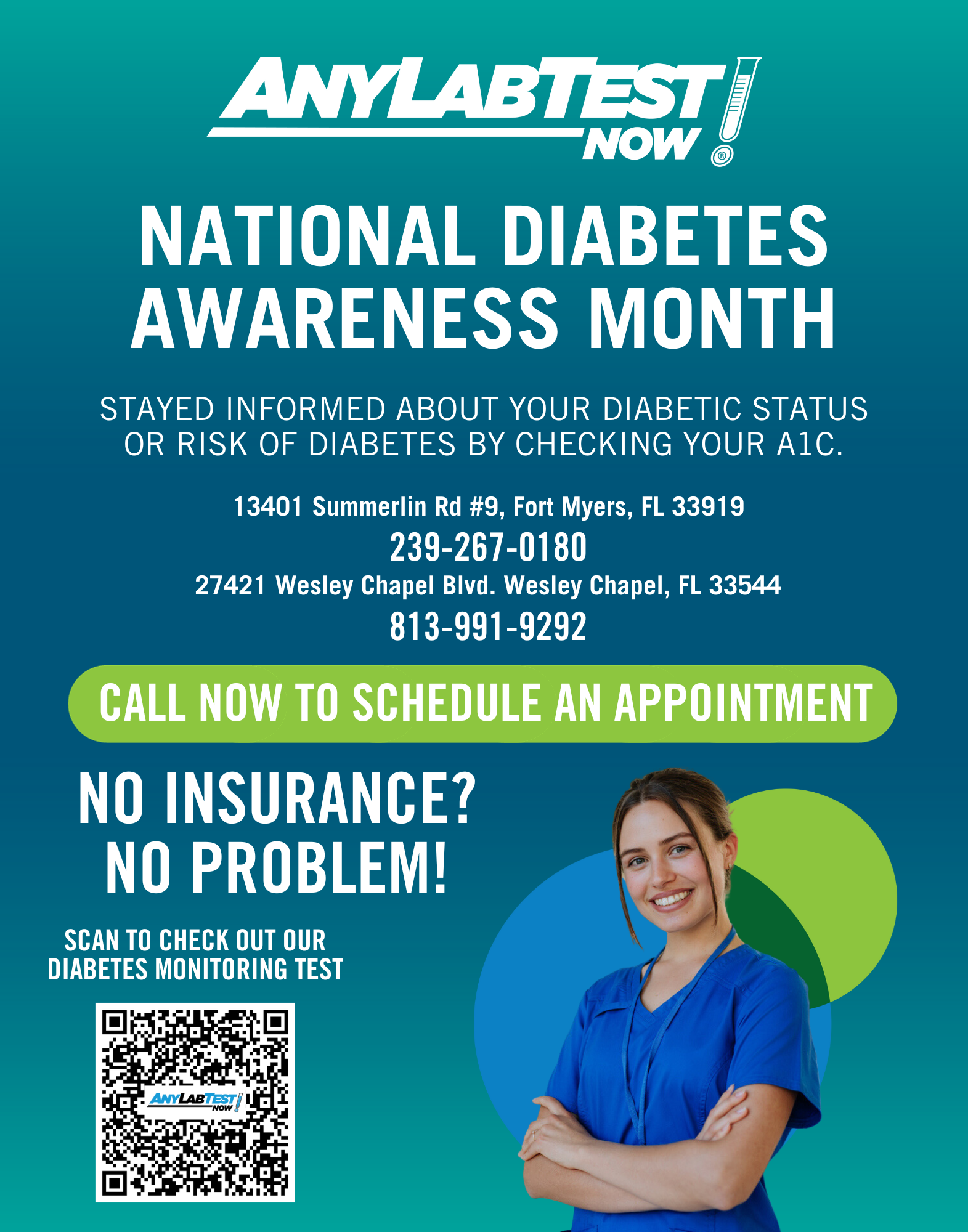
2 minute read
foryourhealth
Type 2 Diabetes
Type 2 diabetes is the most common form of diabetes. About 90 percent of people with diabetes have type 2, or non-insulin-dependent diabetes. Type 2 diabetes is also called adult-onset diabetes, since it typically develops after age 35. Type 2 diabetes is typically tied to people who are overweight, with a sedentary lifestyle. People with type 2 diabetes are able to produce some of their own insulin, but often it’s not enough.
Signs Of Type 2 Diabetes
Many of the symptoms of type 2 diabetes are similar to those of type 1 diabetes. The difference is the onset of the condition. Type 2 diabetes usually presents more slowly, and the symptoms are not as noticeable as those for type 1 diabetes. For these reasons, many people mistakenly overlook the warning signs. They also might think that the symptoms are the signs of other conditions, like aging, overworking or hot weather. The complications of type 2 diabetes mirror those of type 1.
A combination of risk factors can increase the likelihood of type 2 diabetes. They include: •Being overweight •Family history •Physically inactive •Age 45 and Older
Treatment Of Type 2 Diabetes
One of the biggest differences between type 1 and type 2 diabetes is the approach to treatment. The majority of treatment programs for type 2 diabetes focus on diet, exercise and weight loss as well as improving ways to better use the insulin the body already produces to normalize blood sugar levels. If blood










